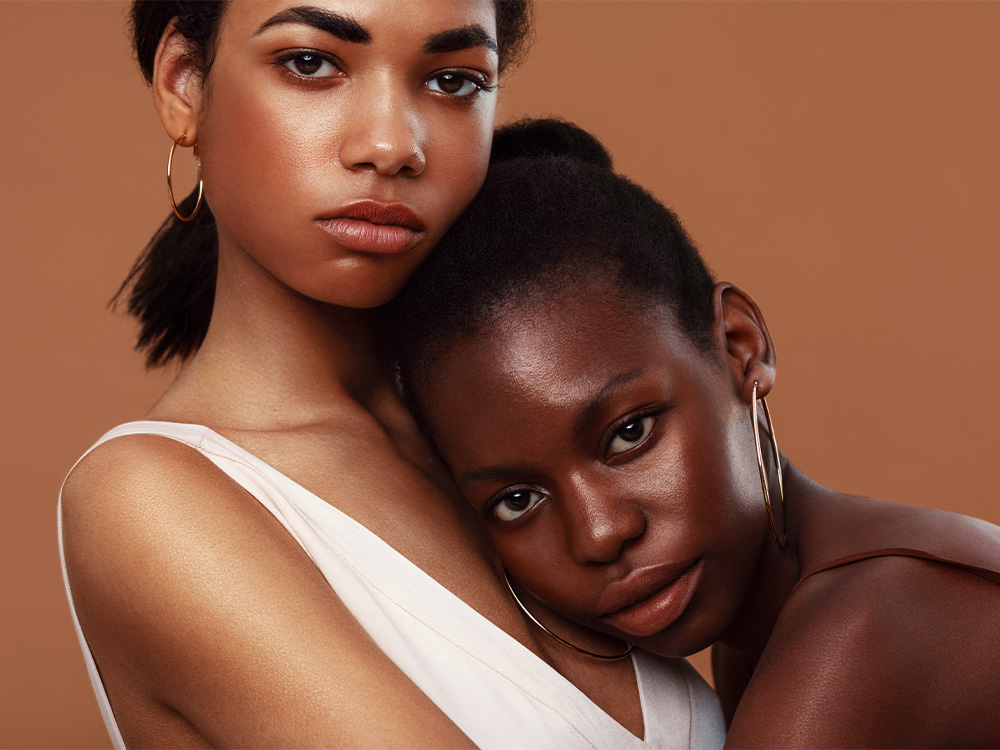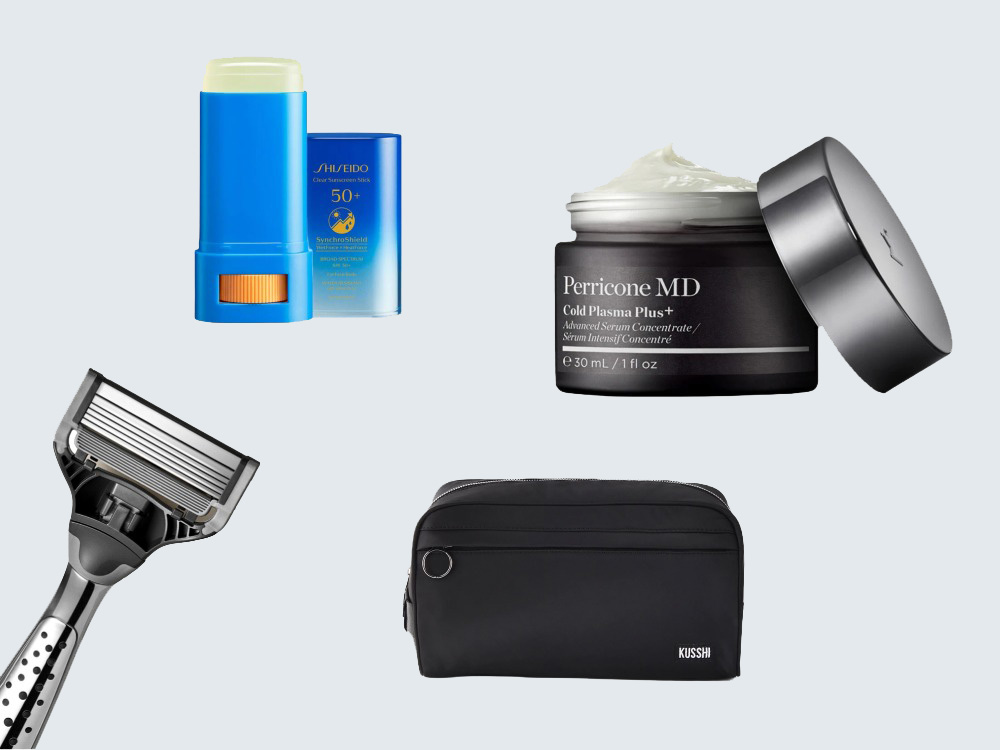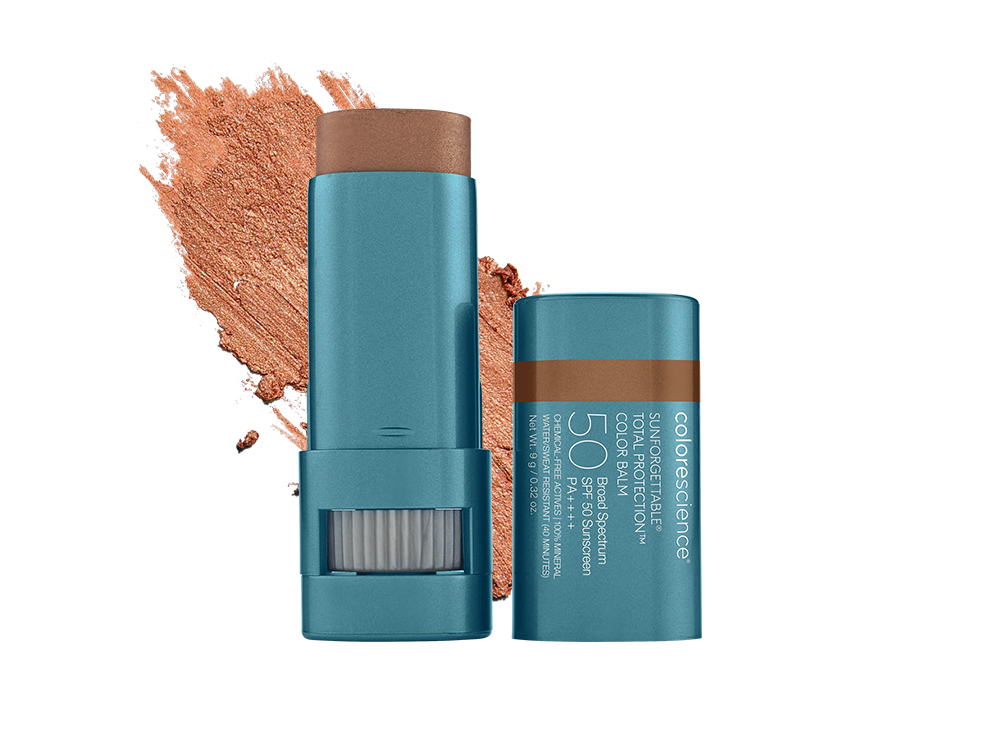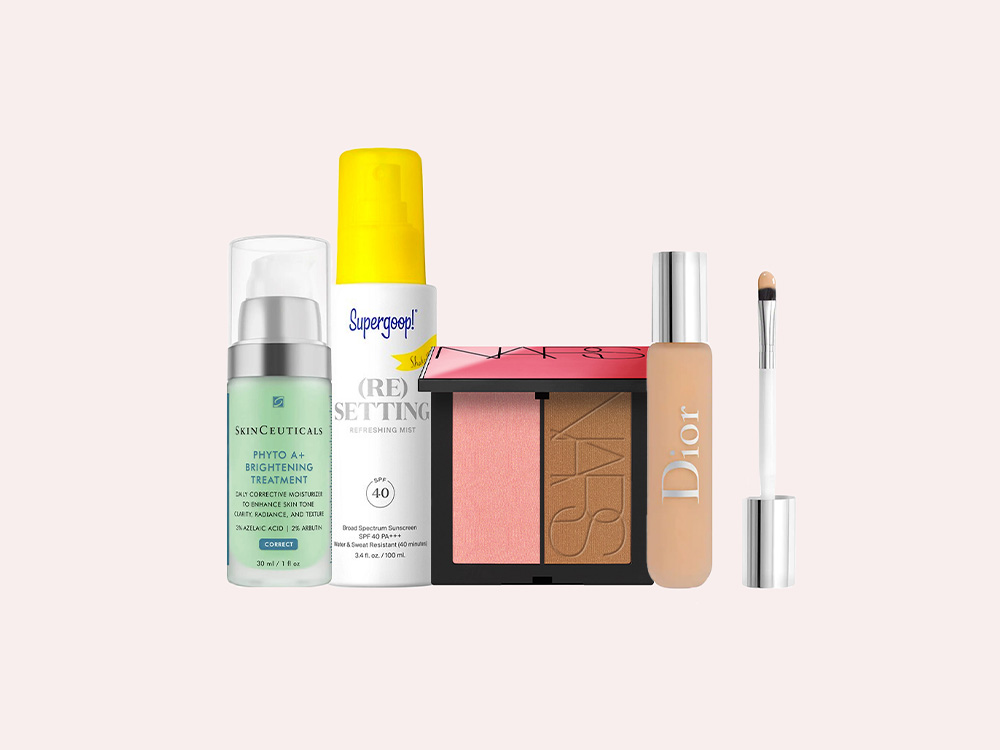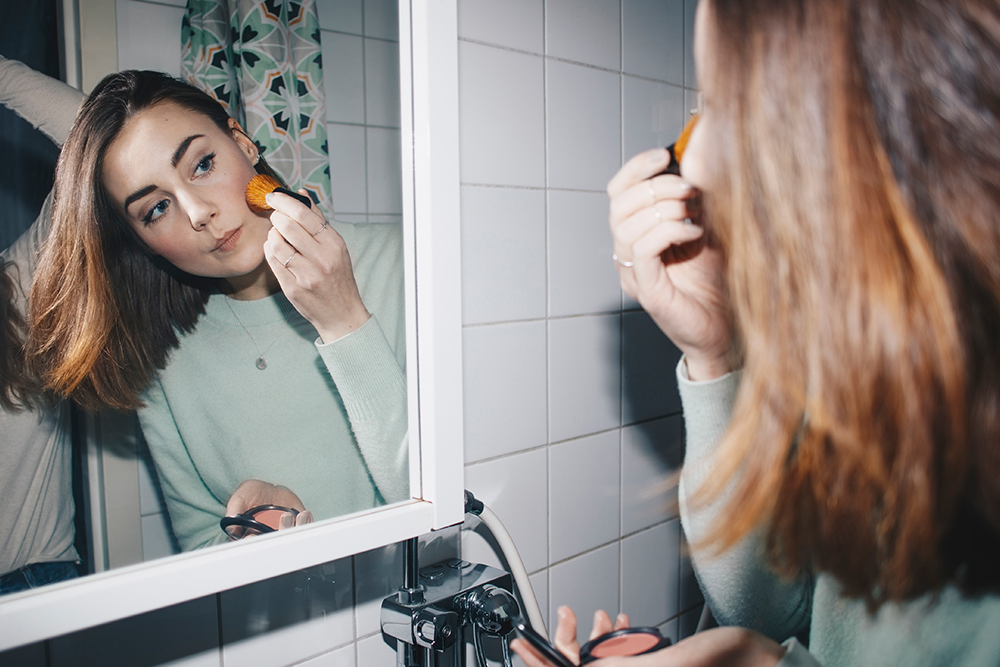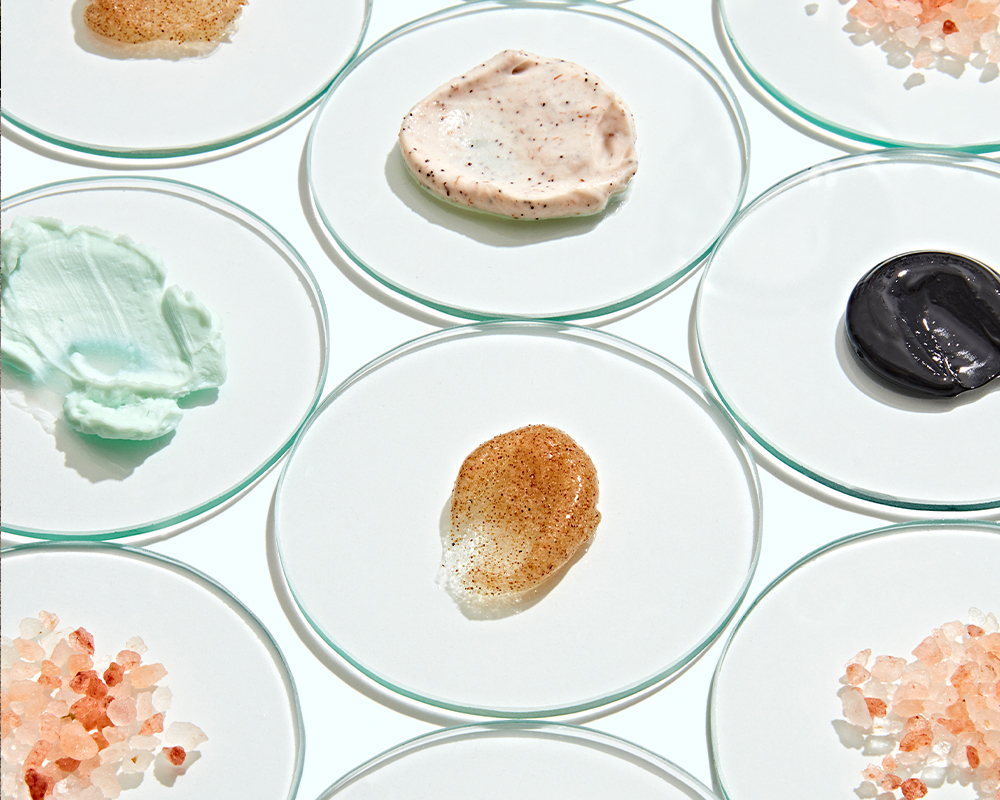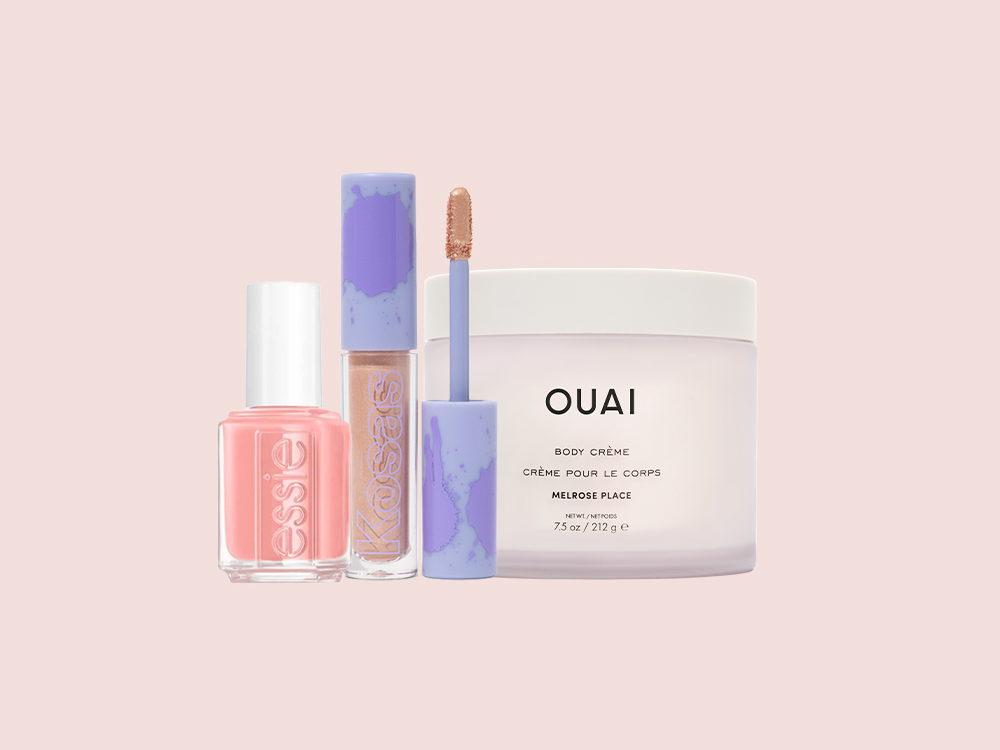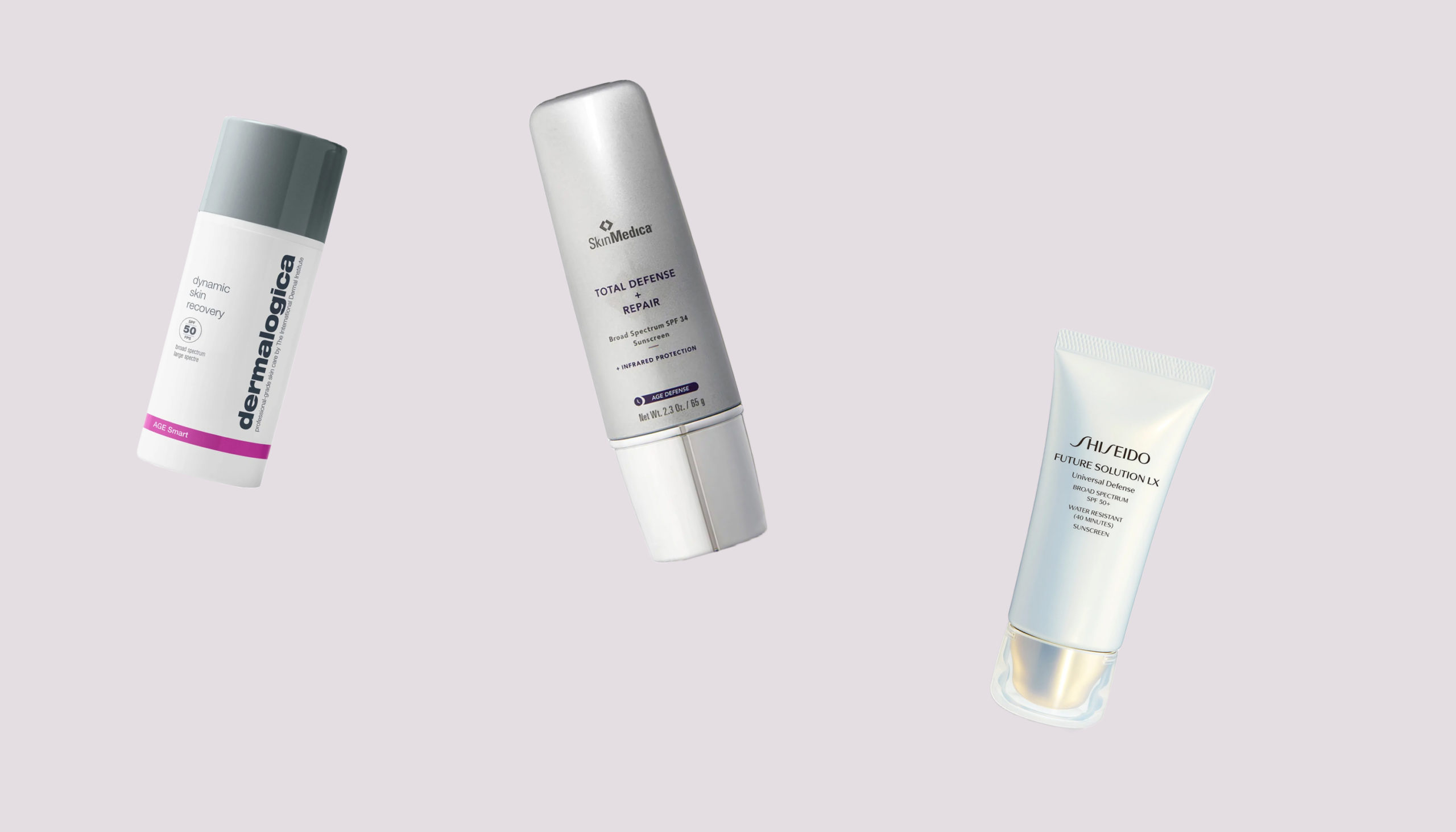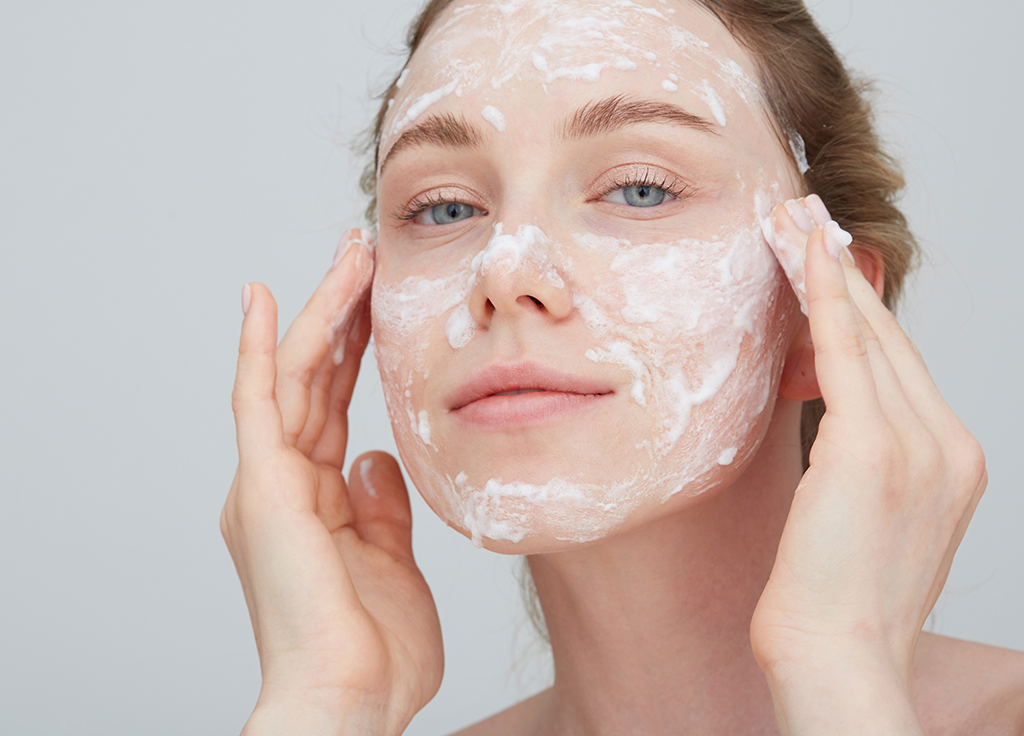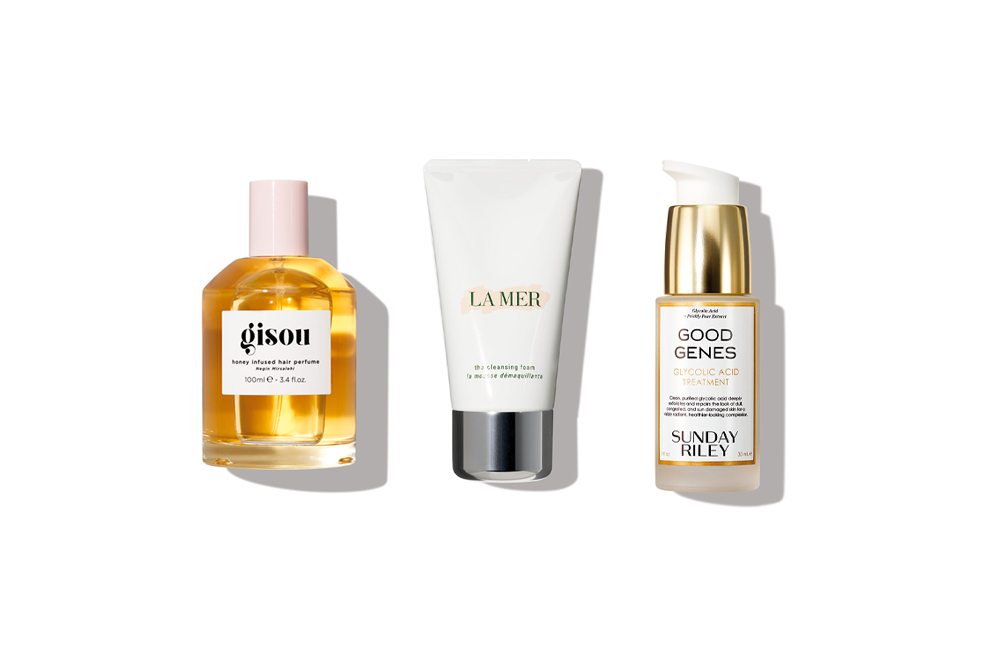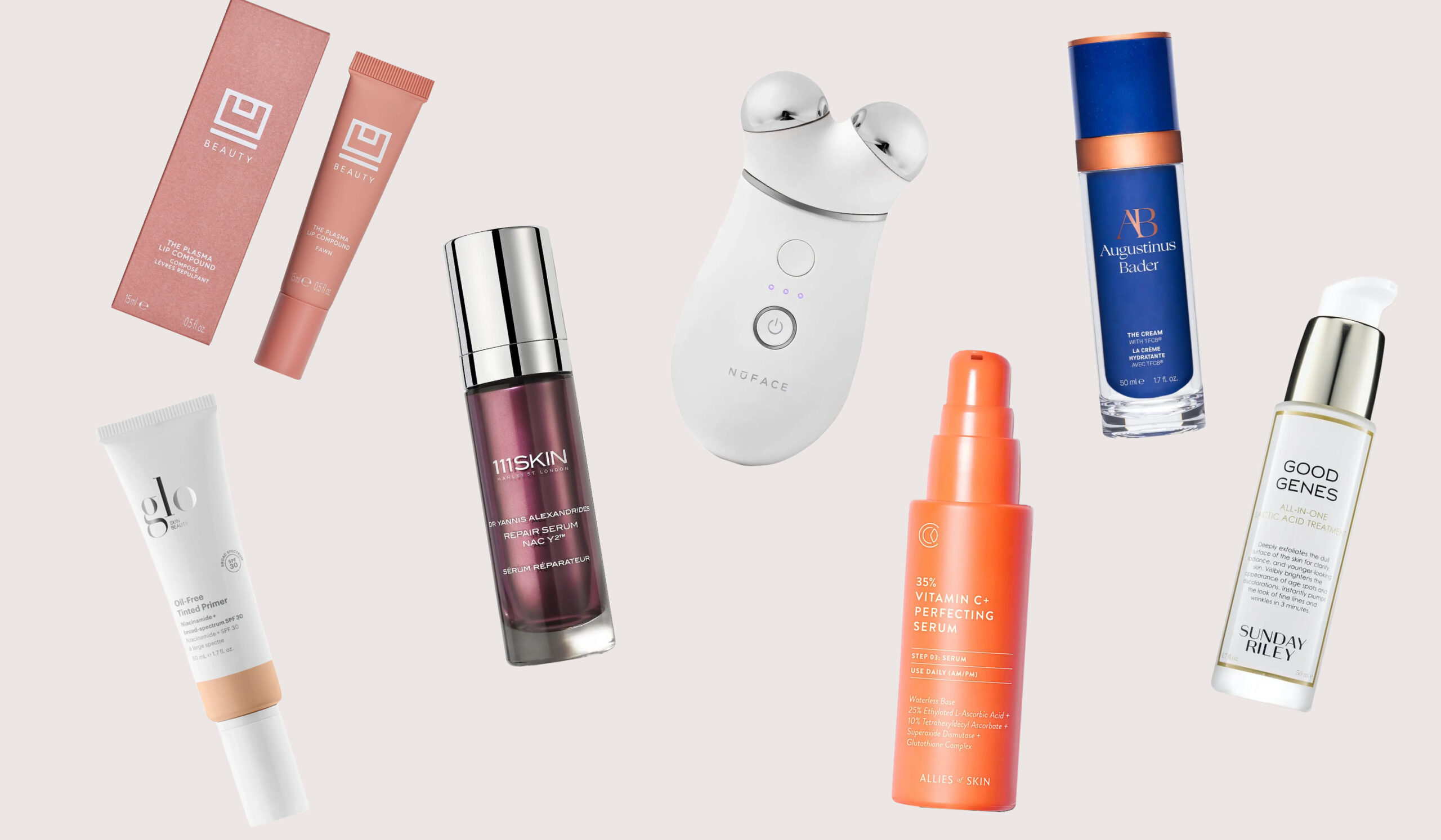With a practice that centers around personalized care, Glenn Dale, MD dermatologist Valerie D. Callender, MD also has a penchant for understanding what she calls the “racial and cultural differences in the preference of aesthetic treatments” of patients. While Dr. Callender says the universal goal of most women she encounters is to “look good for their age,” she does say these three misconceptions need to be retired when it comes to treating skin of color (SOC) patients:
Myth 1: That SOC patients don’t need SPF.
“It is a misconception that sunscreen is not needed in SOC patients because they do not develop skin cancer or do not show signs of aging (wrinkles). It is true that the pigment melanin relays sun (UV light) protection (blacks have an SPF 13.4), however skin cancer and fine lines and wrinkles can occur in all skin types.
In addition, sun protection (applying daily SPF) is one of the main treatment approaches for hyperpigmentation disorders such as melasma and PIH. Recent data demonstrates that the addition of iron oxides with traditional UVA and UVB filers or minerals (zinc oxide, titanium dioxide) is beneficial in providing better coverage. Iron oxides are found in tinted sunscreens and foundation.”
Myth 2: That SOC patients should avoid laser treatments.
“Because of this misconception, these patients are repeatedly turned away in fear of causing PIH and scarring, and told they are not candidates for laser hair removal or chemical peels. These aesthetic procedures can be performed safely in SOC patients—as long as specific protocols that adjust for the amount of skin pigment are implemented. Test spots are commonly recommended in patients with darker skin tones.”
Myth 3: That lips all age at the same rate, and all lip enhancement is the same.
“Lip-volume loss occurs in women of color in their 50-60s, compared to non-Hispanic and Hispanic white women, which is earlier. It presents as loss of lip volume as a sign of skin aging. I always have patients bring in a picture of how their lips looked when they were in their 30s and that is what I want to recreate for them. I tell them that they want lips that they use it have, rather than lips that they never had.
It has been reported that the ideal ratio for lip enhancement is 1:1.6 (upper to lower lip). However, for women of African descent the ratio is usually 1:1, so the upper lip is usually the focus of the correction.”
